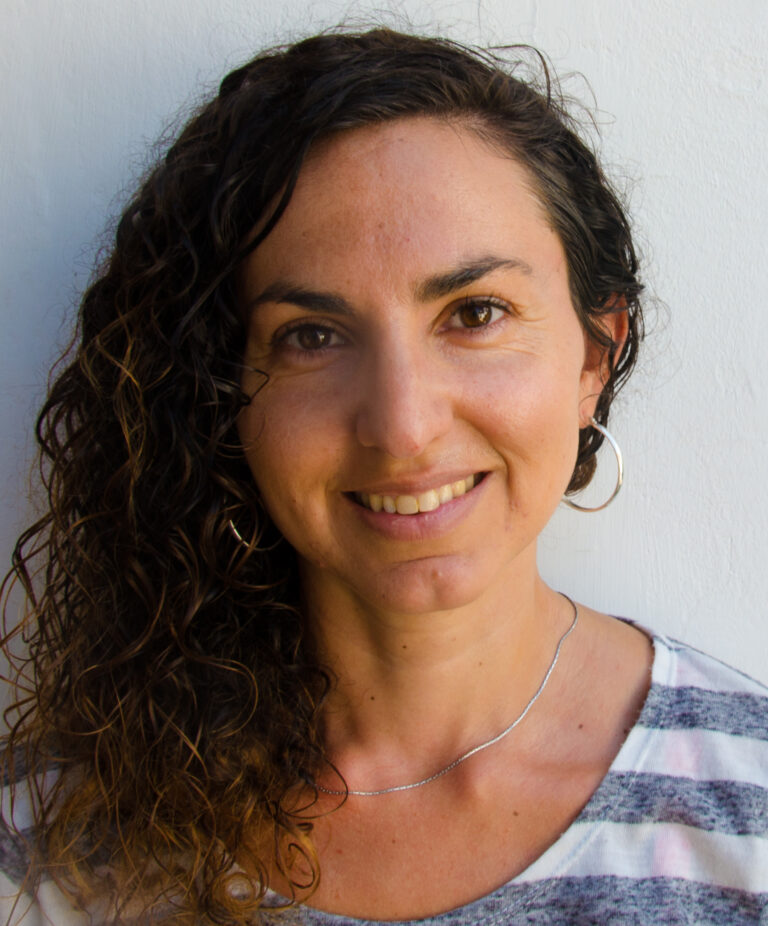Localization
Last February (2025), I had the opportunity to participate in the Language Technology For All, Advancing Humanism through Language Technologies (LT4All) event where technical experts, academics and representatives of the private and public sector from all over the world participated. It was a real celebration of linguistic diversity.
There were fundamentally two opinions:
- Those who argue that the development of linguistic technologies for native languages has to come from the communities exclusively, because in that way they avoid depending on large tech companies, and as a consequence perhaps, lose rights over that data.
- On the other hand, a position that maintains that not all communities have the same technical capacity. So what do we do with them? Should we as “community outsiders” promote a greater presence of indigenous languages in our societies and on the Internet? Or, should we let indigenous communities do it and own their development?
My opinion is that the real challenge is not in the technology itself, but in the historical pressure that dominant languages exert on native languages.
Currently, members of communities living in urban contexts perceive themselves as bicultural; identity lines are sometimes blurred, there is no outside and no inside. The proposal is to collaborate by reinforcing the native culture, or the multifaceted mix that exists today. Because native culture is not preserved in a museum, still, but inevitably blends, mutates along with the culture of the context.
In this sense, I believe that our task is to collaborate so that communities can develop their power. Power is not something that can be given, but rather a relationship between parties. In the best cases, culture and social context facilitate and enable, or repress and violate, cultural diversity.
Our vision is that indigenous languages should have the same social status as any other language. This means that they should be valued, respected and promoted in all areas of society, from education and the media to public administration and everyday life. The social perception of a language directly influences its prestige and the identity of those who speak it. It is their ability to decide on their future. It is not something that we can decide and change from one day to the next, it is a construction that we must propose as societies. Unfortunately, many indigenous languages have lost their recognition and have been displaced under the pressure of dominant cultures.
The social perception of a language directly influences its prestige and the identity of those who speak it. It is their ability to decide on their future.
In order for communities to continue to strengthen their cultural self-esteem, and regain their status, we must, among other coordinated actions, continue to push from civil society to governments so that the indigenous languages of each region are officially recognized. This should be one of the main objectives of this decade invariably (International Decade of Indigenous Languages 2022- 2032). There is evidence of this: in Latin America, the strongest indigenous cultures are those that managed to be officially recognized and whose governments took care to train professionals in their languages to the speakers themselves. Just as an example, I mention Peru, Mexico and Bolivia in Latin America.
Governments play a crucial role in safeguarding linguistic diversity through initiatives such as research and development of linguistic corpus for each indigenous language, as demonstrated by the Bolivian government. Central to this is coordinated action by Nation States, multilateral agencies, civil society and the private sector. In America, between north, center and south, we have at least 800 indigenous languages, (Atlas of the Languages of the World) while only 200 are officially recognized in their countries. Why do I insist on official recognition? If the State does not recognize them, where do we start so that society values them, makes them visible and listens to them?
Recognition of indigenous languages in the Americas
800
Indigenous languages
200
Indigenous languages officially recognized
Reading an article on the internet in different languages is really difficult at the moment. According to Statista, 49.4% of websites use English. Imagine for a moment what it would be like to find that half of the content on the internet is written in a language you don’t understand, no matter which one. Can you imagine how distant and frustrating that would be?
Speaking the dominant languages, we only continue to strengthen their predominance to the detriment of the others. The stronger the dominant languages are, the weaker the others become, the closer they are to disappearing, and the more isolated the non-speakers feel. There is even an expression to talk about people who do not speak English: “Limited English Proficiency” (LEP).
Technology helps us not only to digitize languages, but to spread their existence, and it is one of the characteristics that at this moment seem most fundamental to me. Technology is a very powerful tool that also transforms our reality and therefore our way of thinking and being in the world. The language we speak and write shapes our life experience. When we can’t experience the internet in our language, it limits us in what we can learn, what jobs we can have, what stories we can access, and much more.
The stronger the dominant languages are, the weaker the others become, the closer they are to disappearing, and the more isolated the non-speakers feel.
For the first time in recent history, indigenous communities have shown signs of linguistic renaissance thanks to the possibility of creating their own content and access to new technologies. These tools allow native speakers to promote their languages with limited resources and on their own. In the not-so-distant future, technology will allow us to communicate with each other in real time, simply with our phone. Technology and societies can contribute to the progress of communities, as long as access is free and free for native language speakers and respects their worldviews.

Global Perspectives
Imminent Section
Explore our collection of in-depth features on countries around the globe—uncovering their linguistic, cultural, social, and technological landscapes. Born from our monthly newsletter, these pieces help you know the world beyond the news.
Discover it here!Working on the localization of native languages
In my experience, working as an agency, when we work with native languages, the times have to be adjusted, because in general linguists fulfill community functions or serve as language teachers. They are non-exclusive and, in many cases, the terms they are intended to translate do not exist and must be created. This, you can imagine, is not a one-day process; it involves social consensus, even across regions. There is a limit to consider there. That is to respect and not impose a rhythm. A text, in addition to conveying the message that the sender intends to give, has to respect, starting by recognizing the culture of its recipients. It’s having a notion of diversity.
The first step to creating engaging and truly multilingual content is to understand the needs and desires of communities. The importance of deepening and understanding the customs, beliefs and behaviours of the target audience cannot be underestimated. Language revitalization requires customized approaches for each community, respecting their culture and unique needs. Localization, likewise, requires absolute contextualism; it cannot be generalized or reproduced.
Involving local communities in all projects involves not only providing them with training and guidance to improve their localization skills, but also establishing an ongoing collaborative dialogue to understand their specific needs and priorities. This approach seeks to close communication gaps by ensuring that local voices and perspectives are taken into account at all stages of the project. Lack of transparency in these systems can result in racial and gender bias that perpetuates existing inequalities.
“For centuries we had to remain silent to survive; now we have to talk so as not to become extinct.”
– Mario Fernández
Even for more complex project topics and tasks, such as AI gaps, this community inclusion can significantly enrich the process by providing unique contextual insights and facilitating more effective and ethical implementation of technology solutions. In this way, the bias of imposing dominant cultural values through digital technologies is mitigated, leading to cultural homogenization, where local narratives are supplanted by global visions.
However, languages without their speakers are nothing; we could have all the languages of the world digitized, but no one to speak them. What public and private policies should be implemented so that societies value linguistic and cultural diversity and cultural identities regain their social status? In the words of Mario Fernández, a QOM speaker from Chaco, Argentina: “For centuries we had to remain silent to survive; now we have to talk so as not to become extinct.” The digitization of native languages represents a challenge for native cultures, especially in intercultural contexts. It is critical to adopt interdisciplinary approaches that not only recognize the inequalities inherent in the system, but also actively seek to transform them.

Eugenia Urrere
Founder at Indigenius | Localization Project and Vendor Manager | Degree in Social Communications
Eugenia Urrere is a social communicator, a self-taught and tech-loving entrepreneur. Since 2018, she has been dedicated to the revitalization and digitization of indigenous languages in Latin America through her work in an NGO. In 2020, Eugenia founded Indigenius, a company committed to fostering fair employment opportunities for communities, digitizing indigenous languages, and raising awareness about underrepresented linguistic diversity.
